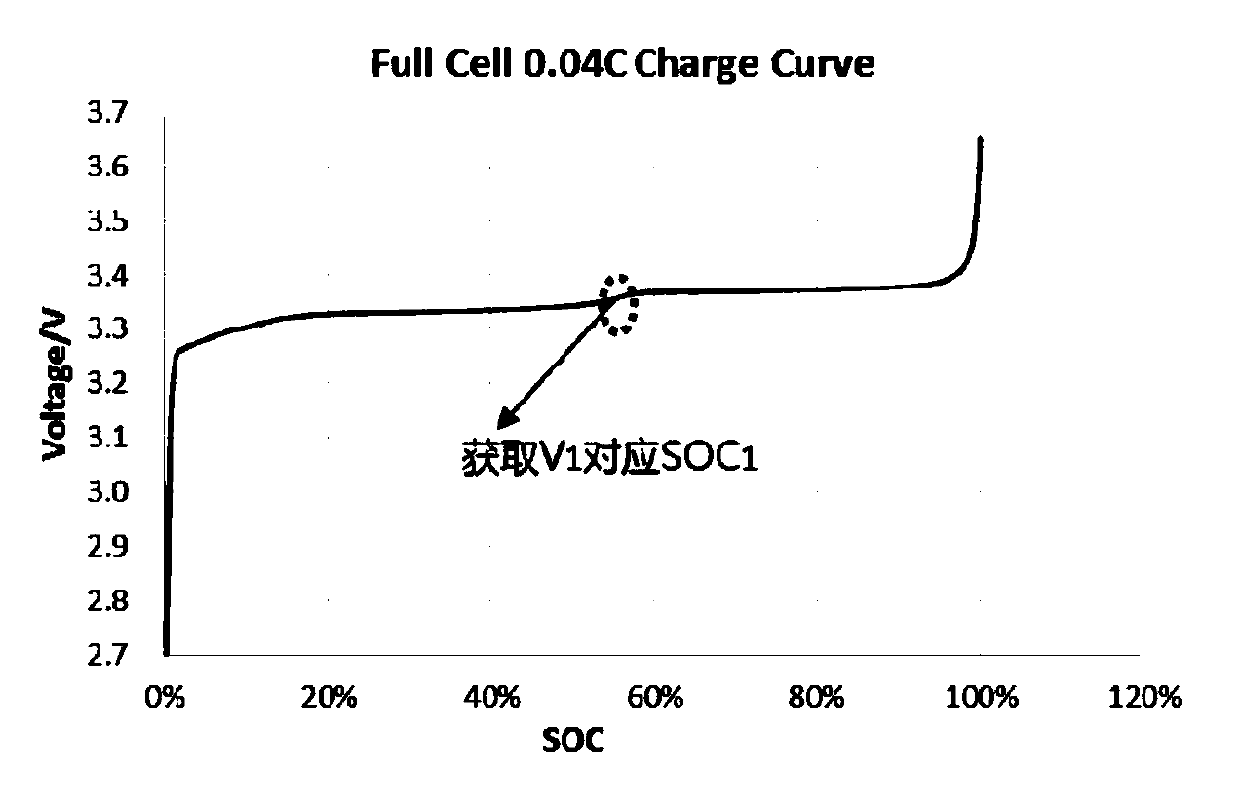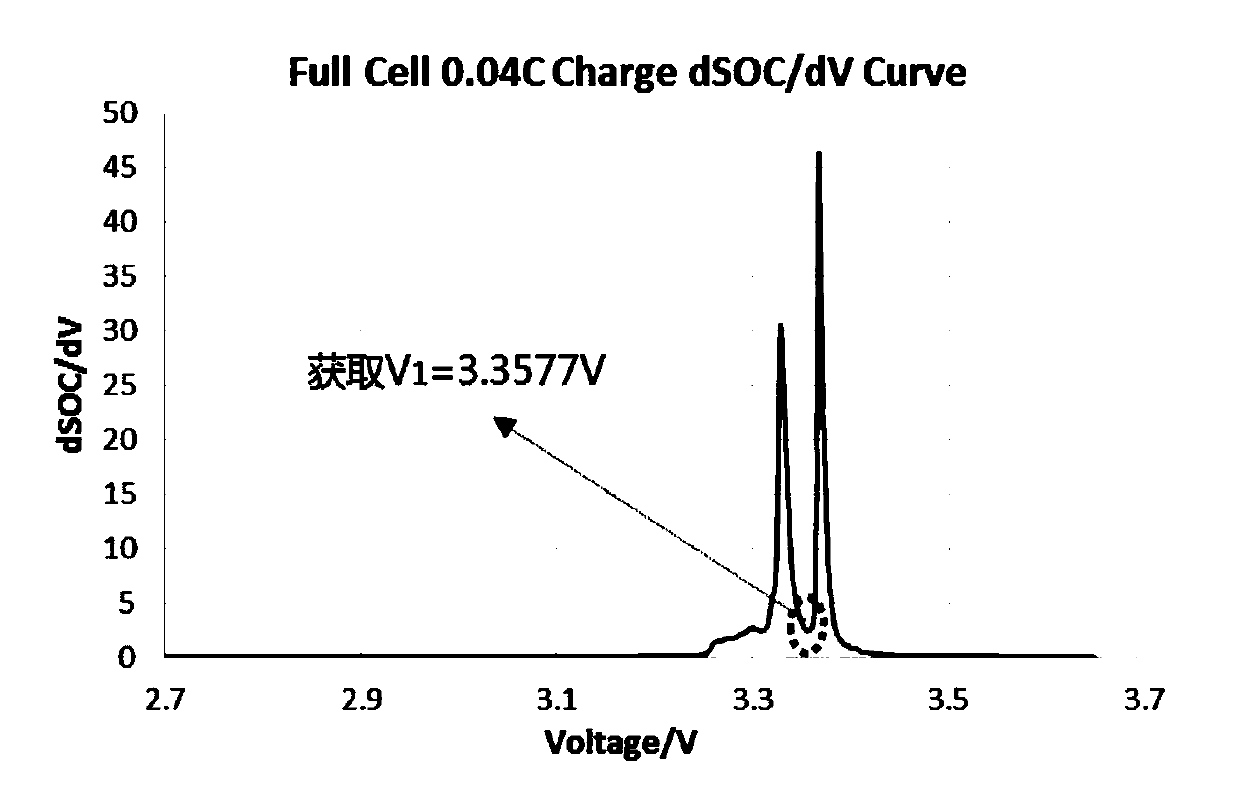Battery and method for testing remaining active lithium capacity in negative electrode piece after battery discharging
A technology of negative pole piece and residual activity, which is applied in the field of testing the battery and the residual active lithium capacity in the negative pole piece after the battery is discharged, can solve problems such as limited effect, and achieve the effect of high degree of accuracy and simple test method.
- Summary
- Abstract
- Description
- Claims
- Application Information
AI Technical Summary
Problems solved by technology
Method used
Image
Examples
preparation example Construction
[0068] (1) Preparation of positive pole piece
[0069] Mix the positive electrode active material lithium iron phosphate (the reversible gram capacity is 139mAh / g), the conductive agent acetylene black, and the binder PVDF at a weight ratio of 94:4:2, add the solvent N-methylpyrrolidone, stir and mix evenly to obtain The positive electrode slurry is then coated on both surfaces of the positive electrode current collector aluminum foil, then dried and cold pressed to obtain the positive electrode sheet.
[0070] (2) Preparation of negative pole piece
[0071] Mix the artificial graphite (reversible gram capacity of 340mAh / g) as the negative electrode active material, the conductive agent acetylene black, and the binder SBR+CMC according to the weight ratio of 95:1.5:3.1:0.4, add the solvent deionized water, fully stir and mix evenly Obtain negative electrode slurry, be coated on the two surfaces of negative electrode current collector copper foil then, after drying, cold press...
Embodiment 1
[0079] Battery S1 was prepared by the above method, wherein the coating weight of the negative electrode slurry was 0.120g / 1540.25mm 2 (Based on the weight not including the solvent), the coating weight of the positive electrode slurry is 0.198g / 1540.25mm 2 (Based on the weight without solvent), the weight of lithium sheet is 3.05mg / 1540.25mm 2 .
[0080] Unit area (take the area as 1540.25mm 2 Calculated, the following examples are similar) negative electrode active material capacity=negative electrode coating weight per unit area×negative electrode active material weight ratio×reversible gram capacity of negative electrode active material=0.120g×95%×340mAh / g=38.76mAh.
[0081] Unit area (take the area as 1540.25mm 2 Calculated, the following examples are similar) positive electrode active material capacity=positive electrode coating weight per unit area×positive electrode active material weight ratio×reversible gram capacity of positive electrode active material=0.198g×94...
Embodiment 2
[0083] Battery S2 was prepared by the above method, wherein the coating weight of the negative electrode slurry was 0.136g / 1540.25mm 2 , the coating weight of positive electrode slurry is 0.198g / 1540.25mm 2 , the weight of the lithium sheet on the surface of the negative electrode diaphragm is 3.05mg / 1540.25mm 2 .
[0084] Negative electrode active material capacity per unit area=0.136g×95%×340mAh / g=43.93mAh.
[0085] Positive active material capacity per unit area = 0.198g x 94% x 139mAh / g = 25.87mAh.
PUM
| Property | Measurement | Unit |
|---|---|---|
| thickness | aaaaa | aaaaa |
Abstract
Description
Claims
Application Information
 Login to View More
Login to View More - R&D
- Intellectual Property
- Life Sciences
- Materials
- Tech Scout
- Unparalleled Data Quality
- Higher Quality Content
- 60% Fewer Hallucinations
Browse by: Latest US Patents, China's latest patents, Technical Efficacy Thesaurus, Application Domain, Technology Topic, Popular Technical Reports.
© 2025 PatSnap. All rights reserved.Legal|Privacy policy|Modern Slavery Act Transparency Statement|Sitemap|About US| Contact US: help@patsnap.com



